
Re-Designing the Fremantle Port
“How might we design Fremantle into a place where all people thrive?”. This was the question that the Year 7 cohort was challenged to answer. Our job was simple. We were tasked to design a certain area in Fremantle around the port which was based around Transport, A.I., History of the Fremantle Port, Indigenous Australians, or building a resilient city to future pandemics. Except, there would be no Port. The renowned Fremantle Port was chosen to be moved in the near future, leaving an empty space in Fremantle. Our design would have to be unique, and it needed to meet the needs of both people, and the environment. In order to meet these needs, we would use our HASS, English and InnovatED lessons to study and learn about things called “Liveability Factors”, and the UN Global Goal’s. And that wasn’t it. We would need to focus on the Indigenous Australians, in particular, the Whadjuk people. So that was why we decided to make a dedicated space in Fremantle which focused on Sustainable Transport, and also Tourist Attractions. Read on to find out more about this fascinating quest.

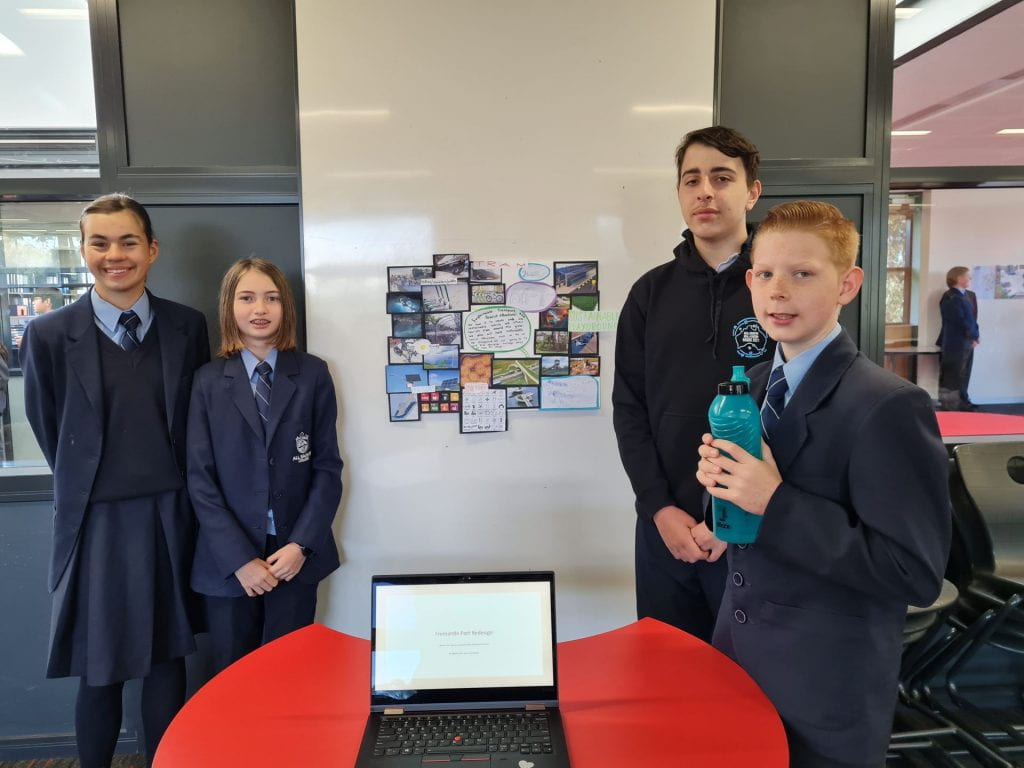
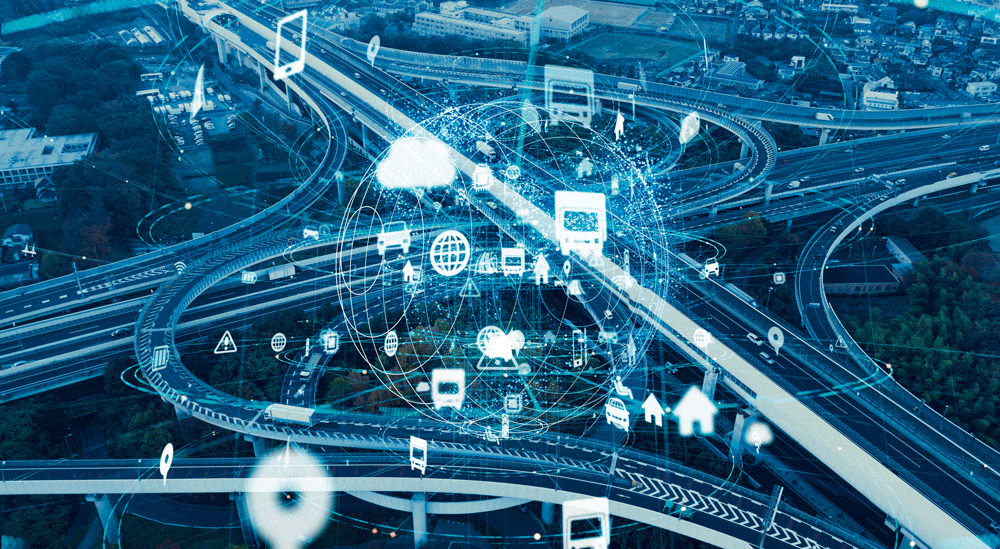
Liveability Factors
In order for this new space to meet the needs of the people and the planet, we would have to incorporate something called ‘Liveability Factors’. Liveability Factors are factors, which contribute to the quality of life. One example of a Liveability Factor is environmental quality. This determines the quality of the environment that you live in, as well as the pollution in your environment. With a greater environmental quality, it will increase the cleanliness of the place you are in. Greater air quality and water quality are good for the environment and lead to greater biodiversity. Improving the environment contributes to the growth of habitats and green spaces. This means you will have a greater quality of life with a good, quality environment. Infrastructure is another example of a Liveability Factor. If infrastructure is built and planned well, it provides a good quality of life, and it benefits us as humans.
Liveability Factors – Infrastructure
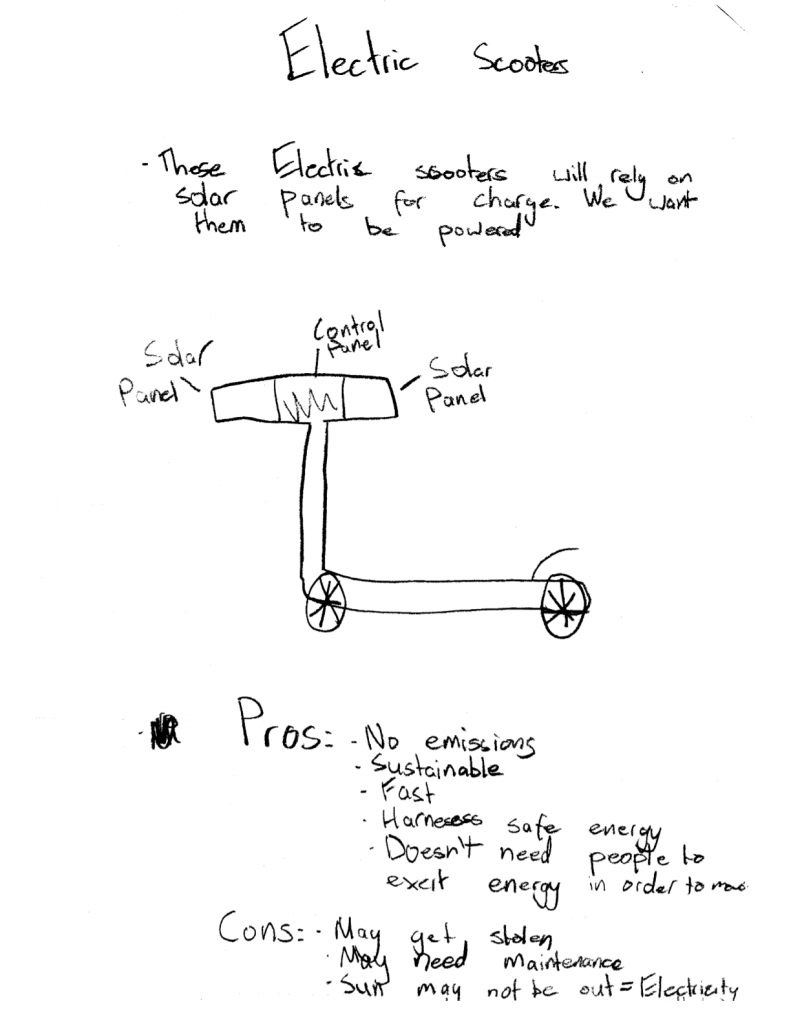
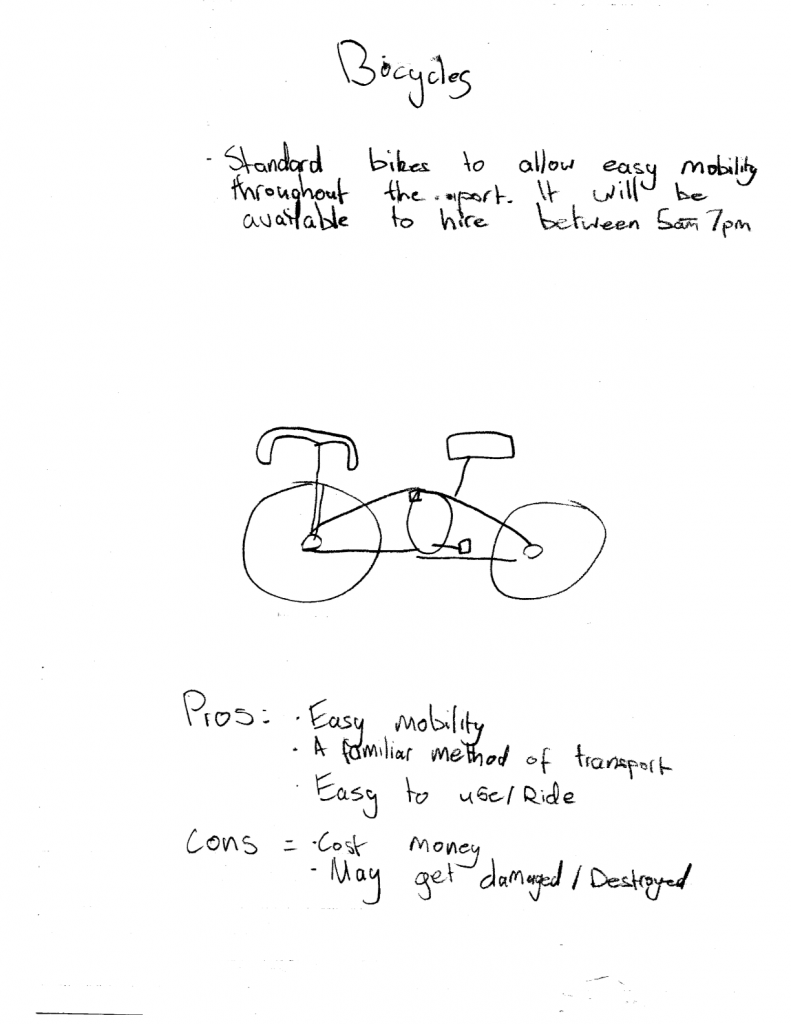



To start off, the main Liveability Factor that our group focused on was infrastructure. A key reason as to why the new redesigned port has great infrastructure is because it has a variety of transport methods.
These include:
- Push Bikes – Requires no fuel
- Electric Scooters – Solar Powered
- Light Rails – Solar Powered
Our group decided to focus on these, simply for their accessibility and sustainability. They all vary in effort needed, so if something is holding you back from applying effort, you have other options of travel. We also needed different transport options, since our new area is free of cars. It helps save the environment, and at the same time it creates a calming and tranquil place.
Another design in our port which helped infrastructure is the new All-Ages Playground. This playground is like a child’s playground, except it is extremely large. As its name suggests, it serves as an all ages playground. It has many solar panels installed into it to charge the LED lights for the playground, and it also has many different fun activities to play on. We also installed park benches in the playground area and around the new redesigned port which would help with relaxing, as well as being a place to just sit down. The benches would also have solar powered LED lights, and it would look very intriguing when viewed at night.
The last aspect of infrastructure in our project was the bridges. The bridges would be a form of retractable bridge, except they would retract outwards. They would provide great accessibility to the Port, and they would also be one of the largest tourist attractions in Fremantle. In attracting tourists to Fremantle, this would bring economic benefit, and it would be used often to allow people and boats to pass through Fremantle providing additional amenities.
Liveability Factors – Environmental Quality

Another factor that our group focused on was environmental quality. We planned to create a tourist attraction/transport focus, and both of these need a good environment to succeed. We planned to stop citizens from littering and polluting in the new Port by providing a rubbish bin every 20m, so that people would have an accessible location to throw away their trash. We would also employ rubbish collectors to collect rubbish, so that even if people did litter, it would be picked up and thrown away. In hindsight, this may have been a few too many bins but we were concerned with keep litter at a minimum. If cafés opened up in the Port, unsustainable plastic items would also be prohibited from being sold, so that we could help the environment by reducing waste and unrecyclable plastic. This would also be a useful step in helping with climate action, as well as making a cleaner environment for our new designed port.
Subjective Factors
Subjective Factors are similar to Liveability Factors, except they are things that cannot be measured. They are psychological characteristics. That is, people’s likes and dislikes, people’s personal choice, etc. We designed our new port to appeal to many people’s likes. We added the All-Ages Playground to help with this since it allows everybody to be able to have fun with friends, no matter their age. Different sustainable transport methods were also added into the port, so that if somebody dislikes or cannot use a certain method of transport because of a disability, there are still other ways to travel. Our view was that the new port should be a fun and entertaining place for all people, no matter the age or condition of the individual.

United Nation’s Global Goals
WHAT ARE THE GLOBAL GOAL’S
The Sustainable Development Goals or Global Goals are a collection of 17 interlinked global goals created by the United Nation’s. They have been created to help the world achieve a better and more sustainable future. As mentioned before, the Year 7 cohort was tasked with using these goals as a guide to help our re-design be more sustainable. Our group in particular chose to focus on a select few which revolved around sustainability and education. This included:
Goal 4: Quality Education
We wanted to educate people about the indigenous culture that once occupied the area by displaying an array of well designed indigenous artwork which symbolized “Meeting Place”, “Happy”, and “Ocean”. We wanted to promote culture in an interesting way, and we wanted people to learn and be curious about indigenous culture.
Goal 7 : Affordable and Clean energy.
Clean energy is something that we wanted to harness in the port, and all of the vehicles would be powered by solar energy, which is a clean energy. It prevents fossil fuels from being used, which prevents harmful substances being released into Earth’s precious atmosphere.
Goal 13: Climate Action.
Climate Action was the last major goal in our project. This was because our new port did not affect the climate in a negative way. We did almost everything that we could to think of ways to protect the climate in a positive way, and to make the new space sustainable.
INDIGENOUS CONNECTION
As previously stated, I mentioned that we were connecting Indigenous Australians to our Project. We decided to install a variety of Indigenous Artworks based on the Whadjuk tribe and the Fremantle area around the new port. We placed these artworks on the light rail stops, the All-Ages playground, as well as some park benches. The artwork that has been chosen links into the topics of “Happy”, “Ocean”, and “Meeting Place”.
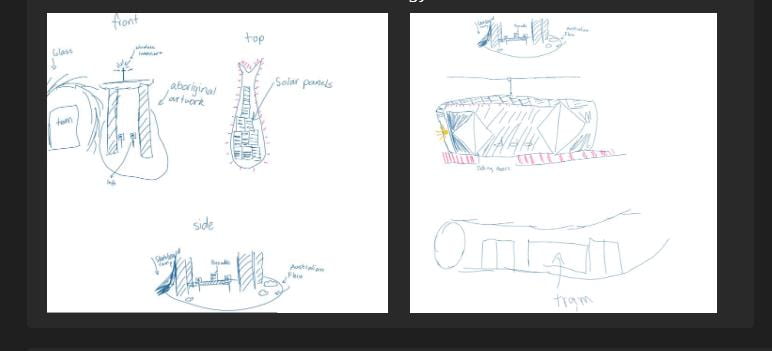
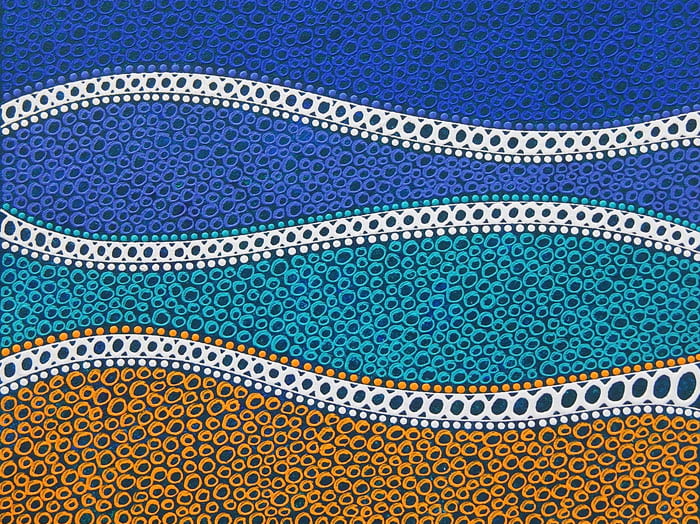
Public Speaking Skills:
During the project, we were informed that we would be presenting our ideas in a showcase. This meant that we had to speak in front of an audience. So we had to start practising. We rehearsed the topics that each of us had to say, and we spoke in front of our tutor group to help with that. It was an assessment, but many students including myself took it as extra practice for the showcase. We were only allowed 1 minute per person in the group, so it had to be both short and informal.
In the end, I was quite happy with the outcome of my speech. I felt that I understood all of the topics that I was covering, and I was speaking confidently. I received positive feedback for the task, so I was very pleased with the outcome.
I covered 3 main topics, which included:
- Our groups introduction;
2. The United Nation’s Global Goal’s; and
3. New and improved retractable bridges.
ASC CAPABILITIES
ASC capabilities are capabilities set in place by our school. They are based around organization, communication, etc. As you can see in the picture, there are many capabilities. In our group however, there were a select few that we were very successful at following. They included:
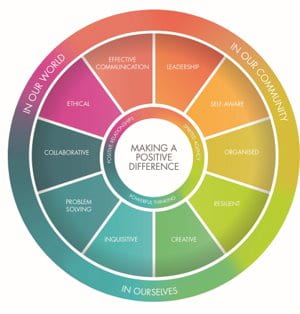

- Collaboration – We collaborated very effectively, and we worked very well together.
- Organisation – All of our photos, research, and notes were all organised very well. We had sections for different subtopics in our group, and no work went missing or was lost.
- Resilience / Problem Solving – We encountered a few problems in our group, which were taken care with after a lot of time and effort.
What could be improved on?
They were a few improvements that could be made, but I would have liked to improve on the early stages when we were first creating our ideas, since we had some issues with what our group was doing. We were not sure if we were doing too much in our project, or if we were doing too little. Eventually we narrowed some solid ideas down, and focused on them. Those were Sustainable Transport/Tourist Attractions. I would also aim to improve our groups attendance rate, since many times members of our group were not here, including myself.
Taking accountability, when Mitchell and Asha first suggested this idea or transport/tourism, I was very sceptical. I didn’t think it would work, and I felt it had a lot of flaws at the time. It didn’t have a “wow” factor, and I thought we would have to change focus. Eventually, our group started working together to create more intriguing things in our design, and in the end I feel like it turned out very well.
What were some interesting comments/advice received from visitors etc?
- All of our visitors gave us very good feedback, and not many could pick up on any flaws in the new Port Design. An interesting comment that I received from my father was about the bicycle design. He was very intrigued by the design, since the bicycle had hollow wheels. By hollow wheels I mean that the wheel did not have anything inside of them. It was just a perfect circle. My father commented on the bike multiple times, saying that it looked like it was from the movie Tron, and that it was very futuristic. We were happy when we heard that, since we were trying to go for a futuristic look. We didn’t have any other interesting comments, apart from people giving us positive feedback.
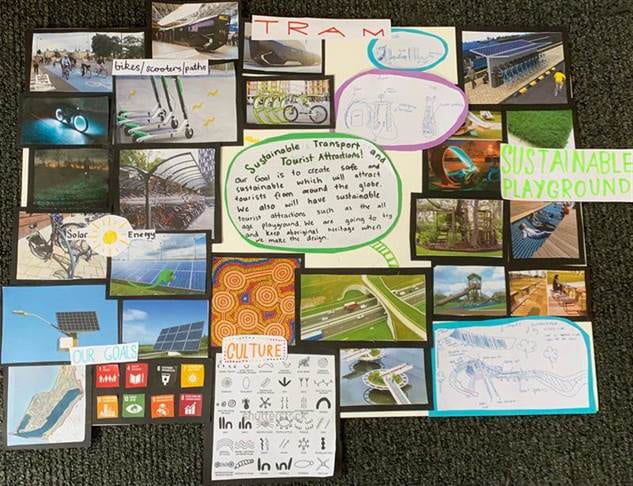
THE VISION BOARD
The main objective for this project was to create a vision board which displayed what would be in our design. A vision board is effectively a board with some information and images, which portray our group’s project. We spent most of our time creating this board, and finding the images to go along with it. Cutting out the images and gluing them on were also quite difficult, since the board was easy to mess up. It included all of our topics with detailed pictures, and overall our group was very happy with it. I would not change anything about this board, since I feel like my group and I did a great job.
CONCLUSION:
This project presented some challenges including agreeing with my team what was the best plan. At times we disagreed and I felt like we had some ups and downs. We had tough moments, especially when people were away but we had easy ones as well. I enjoyed this project and I felt happy and motivated by the challenges we were facing. I enjoyed researching and learning about these things, and I would be happy to start the entire learning process again. It was a beneficial project, and it broadened not only my mind, but also my peers’ minds. It helped us understand the steps we need to take in the future in order to create a more sustainable world.

good boi a+